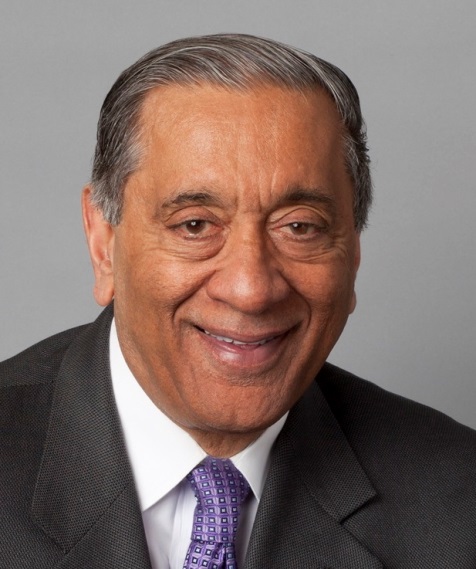DESIBUZZCanada
Events Listings
Dummy Post

International Day Of Yoga To Be Virtually Celebrated Saturday At 4pm

CANCELLED: Coronavirus Fears Kills Surrey’s Vaisakhi Day Parade

ADVERTISE WITH US: DESIBUZZCanada Is The Most Read South Asian Publication Online

SURREY LIBRARIES: Get Technology Help At Surrey Libraries

WALLY OPPAL: Surrey Police Transition Update On Feb. 26

GONE ARE THE DAYS - Feature Documentary Trailer

Technology Help At Surrey Libraries

Birding Walks

Plea Poetry/short Story : Youth Contest

International Folk Dancing Drop-in Sessions
LEFT BEHIND: India Should Reconsider Its Decision To Not Join The RCEP
- November 26, 2020

By Dr. Sawraj Singh
The 16 countries, the 10 countries of the ASEAN and China, Japan, South Korea, Australia, New Zealand and India started negotiations about starting the RCEP about 8 years ago. However, India walked out of the group last year citing concerns about China dumping its cheap products in the Indian markets that could be detrimental to the interests of the Indian manufacturers. The remaining 15 countries reached an agreement that is the biggest trade agreement ever signed in the history. Together these countries have about 30% of the world's population and about 30% of the world's GDP.
China is the main force behind this agreement and this can be considered a major victory for China in its trade war with America. After leaving the Trans Pacific Partnership, the American influence will be marginalized further with this new trade agreement and China will emerge as the leading power in the region. By not joining India is leaving the field wide open for China. Even if India had some concerns about China yet it would have been much better to address those concerns by staying inside than to address them from outside.

This will be a major setback for India's Look East policy. This Indian policy was very well thought of and was based upon the major trends of today's world, those are Rise of the East and Decline of the West. India also believed that the 21st century is going to be Asia's century. India also promoted the concept of a multipolar world instead of the present western dominated world.
India seems to be going against all those stands. Even if India's concerns about China are genuine yet this does not seem to be the right way to address those concerns. India risks access to a very big market for its products. Moreover, in a globalized world we cannot protect our interests by adopting a protectionist policy, we have to become more efficient and competitive. If China can produce cheaper goods, why can we not beat it in its own game? We have a bigger labor force than China and the wages in China are now much higher in China than India. If China can subsidize its labor then what is preventing us from doing the same. Instead of giving into China India should have tried to beat it in its own game. India needs a strong national resolve.
India should strive to have a balanced relation with China. It is obvious that there is an element of competition in the relationship. However, there are also possibilities of cooperation. This is true about any relation. We cannot adopt a one-sided policy without hurting our own interests. India should reconsider its stand on the agreement and take a stand that is consistent with our well thought of and longtime policies like Look East. It is a good thing that Japan has worked to leave the possibility open for India to join the agreement later. India should seriously try to explore this option.

Dr. Sawraj Singh, MD F.I.C.S. is the Chairman of the Washington State Network for Human Rights and Chairman of the Central Washington Coalition for Social Justice. He can be reached at sawrajsingh@hotmail.com.












